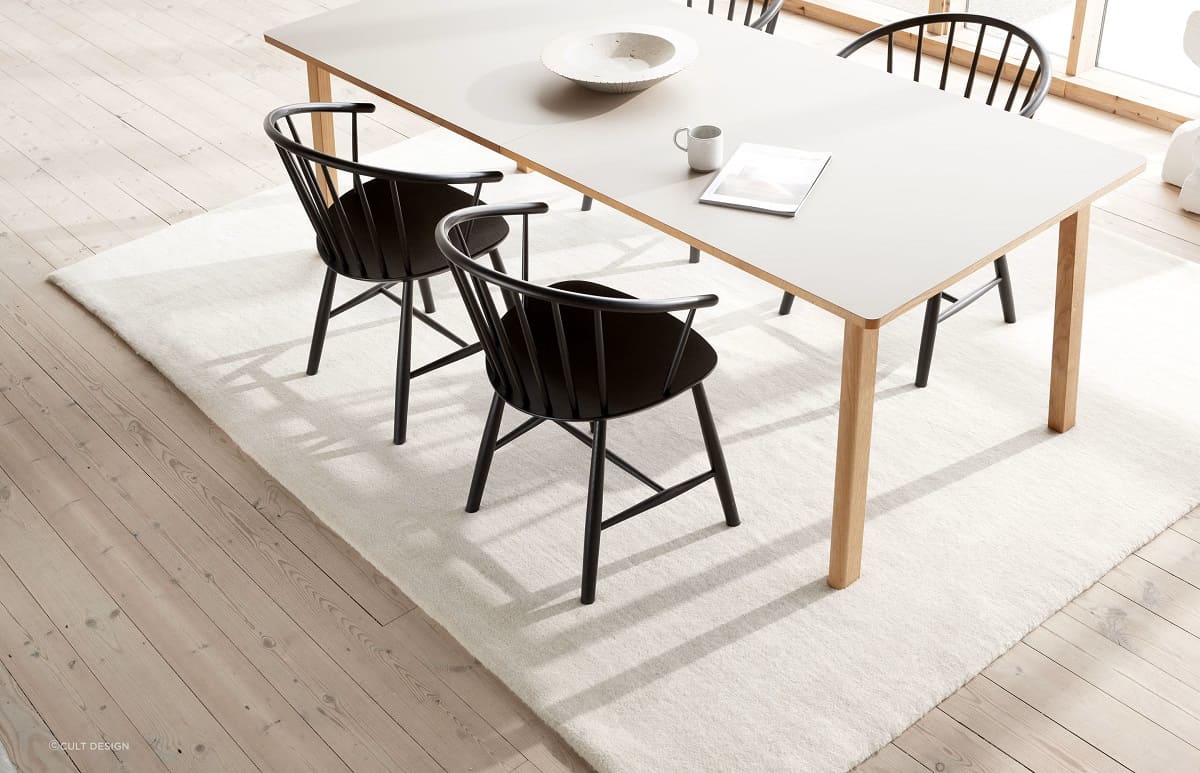

Tableware
What Kind Of Rug Under Dining Table?
Modified: October 20, 2024
Discover the perfect rug for your dining table and elevate your tableware game. Find out which type of rug complements your dining area and enhances your tableware collection.
(Many of the links in this article redirect to a specific reviewed product. Your purchase of these products through affiliate links helps to generate commission for Storables.com, at no extra cost. Learn more)
Introduction
Choosing the right rug for under your dining table can greatly enhance the overall look and feel of your dining room. Not only can a rug add warmth and comfort to the space, but it can also tie the entire room together, creating a cohesive and inviting atmosphere. However, with so many options available, it can be overwhelming to determine what kind of rug is best suited for your dining table.
When selecting a rug for under your dining table, there are several factors to consider. This article will guide you through the key factors to keep in mind, recommended rug options, rug placement and size guides, as well as maintenance and care tips.
Key Takeaways:
- Choose a rug for your dining table that extends beyond the edges, complements your room’s style, and is easy to clean. Natural fiber, wool, synthetic, and indoor-outdoor rugs offer practical and stylish options.
- Proper rug placement and size are crucial for a visually appealing dining area. Consider the layout of your room and maintenance tips to preserve the rug’s beauty and functionality.
Factors to Consider
- Size of the dining table: The size of your dining table plays a crucial role in determining the size of the rug you should choose. Ideally, the rug should extend beyond the edges of the table to accommodate the dining chairs when they are pulled out. Consider the dimensions of your dining table and leave enough space for the chairs to move freely.
- Shape of the dining table: The shape of your dining table also impacts the shape of the rug you should select. For rectangular or oval tables, a rectangular rug that mimics the table shape is the most common choice. For round or square tables, a round or square rug is usually preferred.
- Material of the rug: The material of the rug is another important consideration. Since spills and stains are more likely to occur in a dining area, it’s crucial to choose a rug that is easy to clean and resistant to stains. Natural fiber rugs like jute or sisal are durable and easy to maintain. Wool rugs are also a popular choice as they are stain-resistant and offer a luxurious feel. Additionally, synthetic rugs can be a practical option, as they are often stain-resistant and easy to clean.
- Style and design of the dining room: Lastly, consider the overall style and design of your dining room. Choose a rug that complements the aesthetic of the space and enhances the existing decor. Whether your dining room has a traditional, modern, or eclectic style, there are a variety of rug patterns, colors, and textures to choose from.
By considering these factors, you can narrow down your options and find a rug that not only fits well under your dining table but also complements the overall design of your dining room.
Recommended Rug Options
When it comes to choosing the right rug for under your dining table, there are several options that are particularly well-suited for this purpose. Here are some recommended rug materials:
- Natural fiber rugs: Natural fiber rugs, such as jute, sisal, or seagrass, are popular choices for dining areas. They offer a natural and organic look while providing durability and ease of maintenance. These rugs are great for high-traffic areas and can handle spills and stains with ease. Additionally, their neutral tones and woven textures can add a touch of rustic elegance to your dining space.
- Wool rugs: Wool rugs are known for their softness, durability, and natural resistance to stains. They have excellent stain-hiding properties which make them an ideal choice for dining rooms prone to spills and accidents. Wool rugs come in a variety of patterns and styles and can add a cozy and inviting feel to your dining area.
- Synthetic rugs: Synthetic rugs, such as nylon or polyester, are excellent options for dining rooms due to their stain-resistant and easy-to-clean properties. They are also more affordable compared to natural fiber or wool rugs. Synthetic rugs come in a wide range of colors and styles, making it easy to find one that complements your dining room decor.
- Indoor-outdoor rugs: Indoor-outdoor rugs are a practical choice for dining areas, especially if you have young children or frequently entertain guests. These rugs are made from durable materials that can withstand moisture, dirt, and heavy foot traffic. They are easy to clean and maintain, making them perfect for both indoor and outdoor dining spaces.
With these rug options, you can find a material that suits your preferences, budget, and specific needs for your dining area.
When choosing a rug for under a dining table, opt for a flatweave or low-pile rug that is easy to clean and won’t trap crumbs. Make sure the rug is large enough for chairs to be pulled out without catching on the edges.
Rug Placement and Size Guide
Proper rug placement and size are crucial to ensure that your rug fits well under your dining table and creates a balanced and visually appealing look. Here is a guide to help you determine the right rug size and placement for your specific dining table:
Rug size for a rectangular dining table: For a rectangular dining table, the rug should extend at least 24 inches beyond the edges of the table on all sides. This allows enough space for the dining chairs to be pulled out comfortably without falling off the rug. If your dining area is larger, you can extend the rug even further to create a more expansive and cohesive look.
Rug size for a round dining table: For a round dining table, the rug should be slightly larger than the table itself. Aim for a rug that is at least 2 feet larger in diameter than the table. This ensures that the chairs remain on the rug when pulled out and adds a visually appealing frame to the table.
Rug placement tips for different dining room layouts: Depending on the layout of your dining room, you may need to consider different placement options. Here are some tips for common dining room layouts:
- Centered rug: If your dining room is square or rectangular with the table centered in the room, you can place the rug directly under the table, ensuring that it is centered and has a few inches of space around the edges.
- Off-center rug: If your dining room has an off-center table or an irregular shape, you can adjust the placement of the rug accordingly. Make sure that the rug is aligned with the table and visually balanced with the surrounding furniture.
- Full room rug: Another option is to choose a larger rug that covers the entire dining area. This can create a unified look and define the dining space within an open floor plan.
- Multiple rugs: In some cases, especially in large dining rooms or open-concept spaces, you may opt for multiple rugs. If you have a long rectangular table, you can consider placing two matching rugs side by side underneath the table to create a cohesive look.
Remember, the goal is to create a visually pleasing and functional dining area by carefully considering the size and placement of your rug.
Maintenance and Care Tips
Once you’ve chosen the perfect rug for under your dining table, it’s important to properly maintain and care for it to ensure its longevity and keep it looking its best. Here are some maintenance and care tips to keep in mind:
Cleaning and vacuuming: Regular cleaning and vacuuming are essential to remove dirt, dust, and food particles that can accumulate on the rug’s surface. Use a vacuum cleaner with a brush attachment to gently clean the rug, making sure to go in the direction of the rug fibers to avoid damaging them. Aim to vacuum at least once a week or more frequently if needed.
Spot cleaning and stain removal: Accidental spills and stains are bound to happen in a dining area. When a spill occurs, it’s important to act quickly. Blot the spill with a clean cloth or paper towel to absorb as much liquid as possible. Avoid rubbing the stain, as it can spread and push the stain deeper into the fibers. Use a mild detergent and water solution or a carpet stain remover specifically designed for the type of rug material you have. Gently dab and blot the stain until it is lifted. Rinse the area with clean water and blot dry. Always remember to read and follow the manufacturer’s instructions for stain removal.
Rug pad usage and maintenance: Using a rug pad underneath your dining room rug can provide several benefits. It helps to prevent the rug from slipping and sliding, ensuring safety and stability. Additionally, a rug pad adds cushioning and protection against wear and tear. It also helps to prolong the life of your rug by reducing friction between the rug and the floor. Make sure to choose a rug pad that is appropriate for your floor type. To maintain the rug pad, periodically check for any signs of wear and tear and replace it if needed.
By following these maintenance and care tips, you can keep your rug in excellent condition and enjoy its beauty and functionality for years to come.
Conclusion
Choosing the right rug for under your dining table is not just about finding something that fits well, but also about enhancing the overall aesthetics and functionality of your dining room. By considering factors such as size, shape, material, and style, you can narrow down your options and find the perfect rug that complements your dining table and enhances the ambience of your dining area.
Recommended rug options such as natural fiber rugs, wool rugs, synthetic rugs, and indoor-outdoor rugs offer a range of choices to suit your preferences and specific needs. Each material brings its own set of benefits, from durability and stain resistance to softness and easy maintenance.
When placing and sizing your rug, ensure that it extends beyond the edges of the dining table to accommodate the movement of chairs and create a visually balanced look. Consider the layout of your dining room and choose the appropriate rug placement, whether centered, off-center, or using multiple rugs to create an inviting and cohesive space.
Maintaining your rug is key to preserving its beauty and longevity. Regular cleaning and vacuuming, spot cleaning and stain removal, as well as the use of a rug pad, can all contribute to keeping your rug in excellent condition. By following these maintenance and care tips, you can enjoy your rug for years to come.
In conclusion, choosing a rug for under your dining table requires careful consideration of factors such as size, shape, material, and style. With the right rug, you can create a warm and inviting dining space that reflects your personal style and enhances the overall ambiance of your home.
Frequently Asked Questions about What Kind Of Rug Under Dining Table?
Was this page helpful?
At Storables.com, we guarantee accurate and reliable information. Our content, validated by Expert Board Contributors, is crafted following stringent Editorial Policies. We're committed to providing you with well-researched, expert-backed insights for all your informational needs.
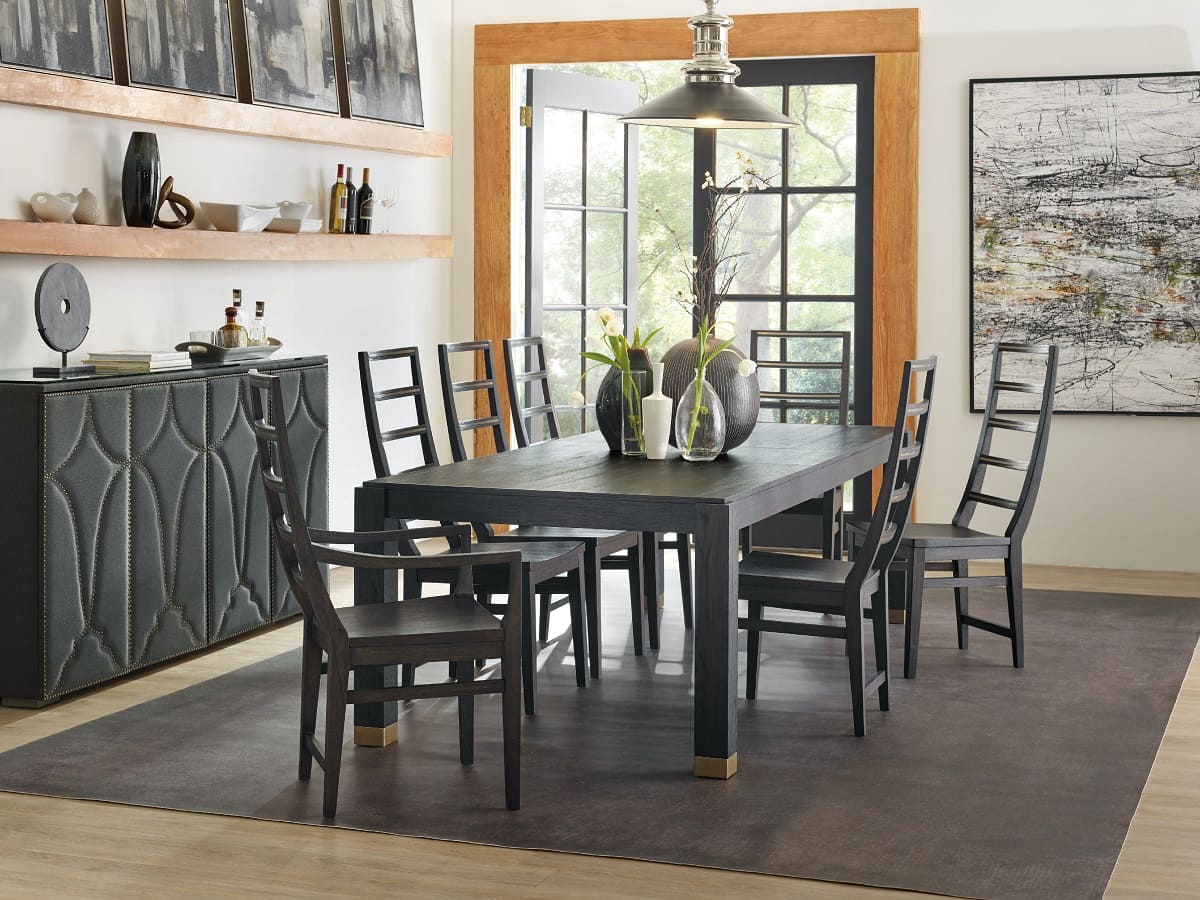
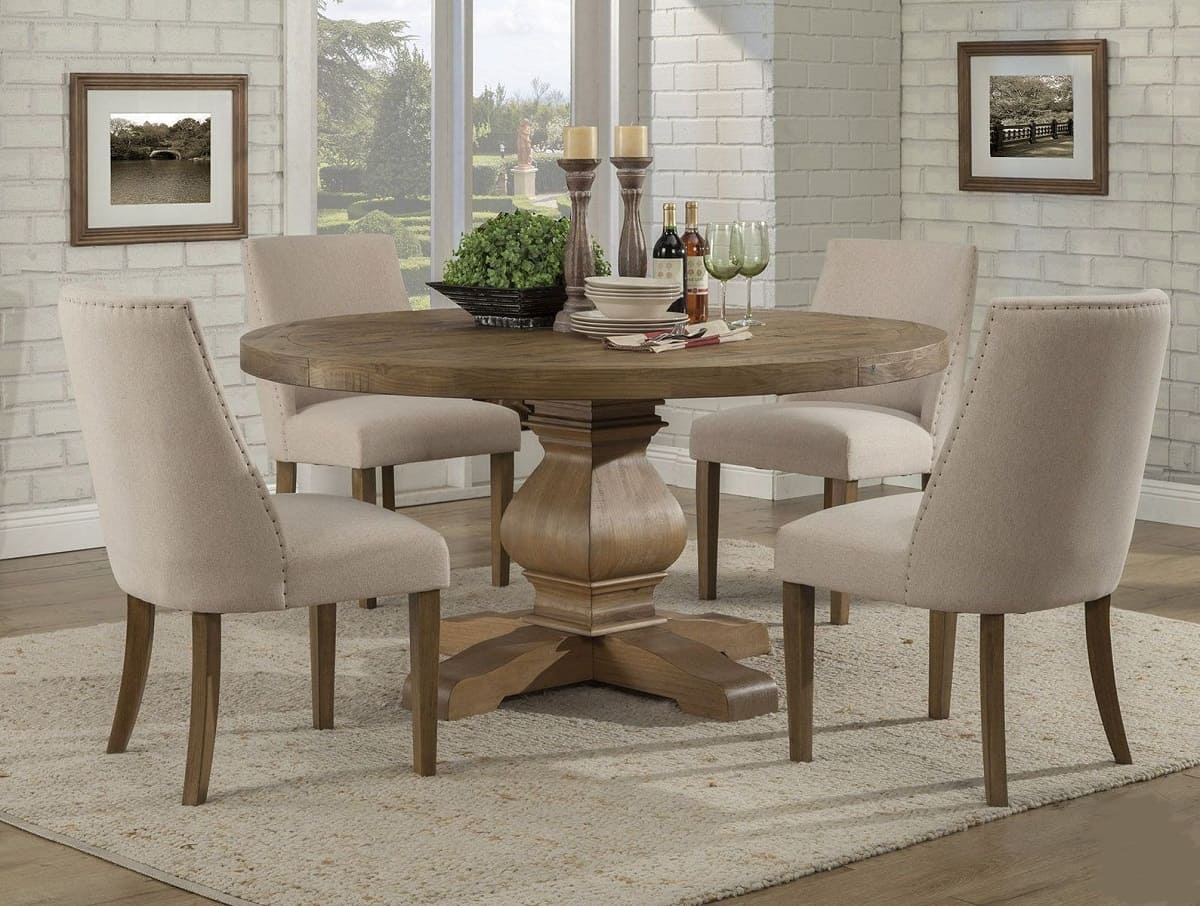
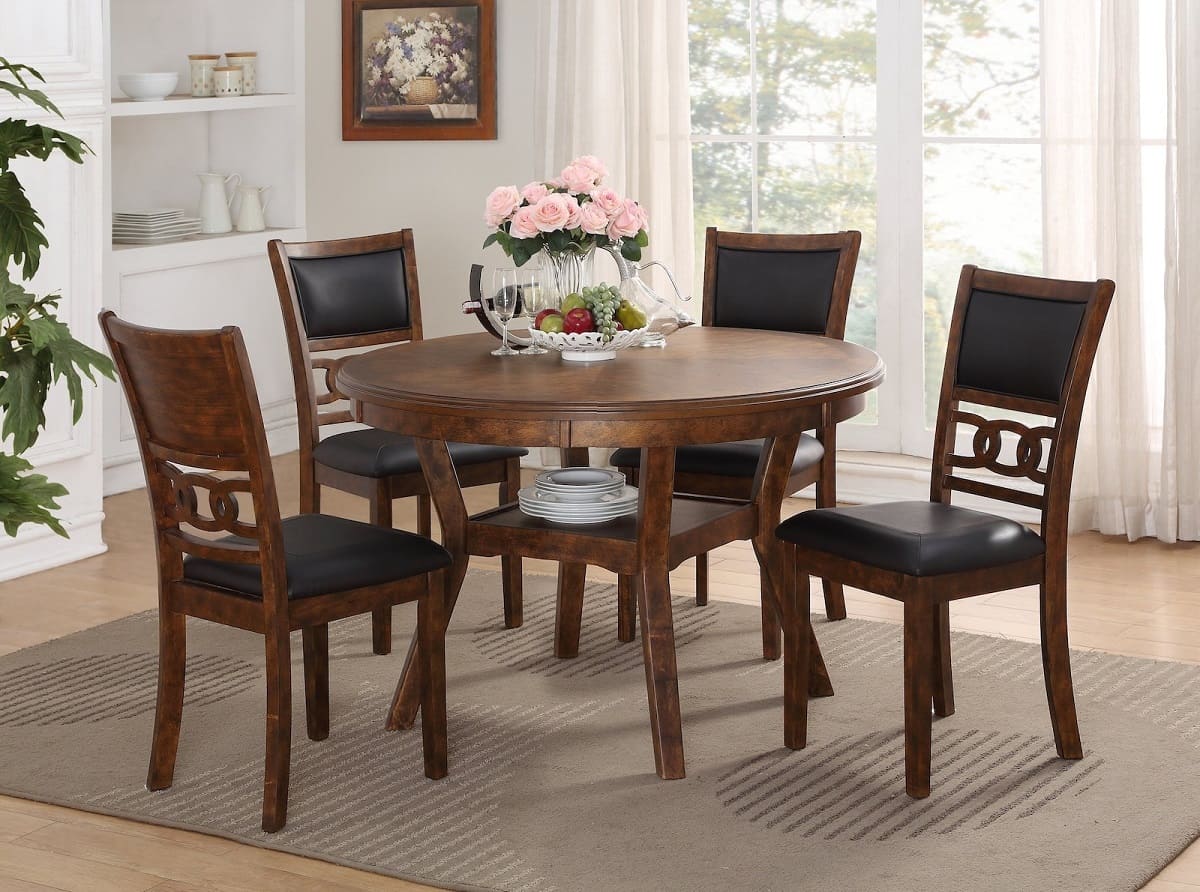
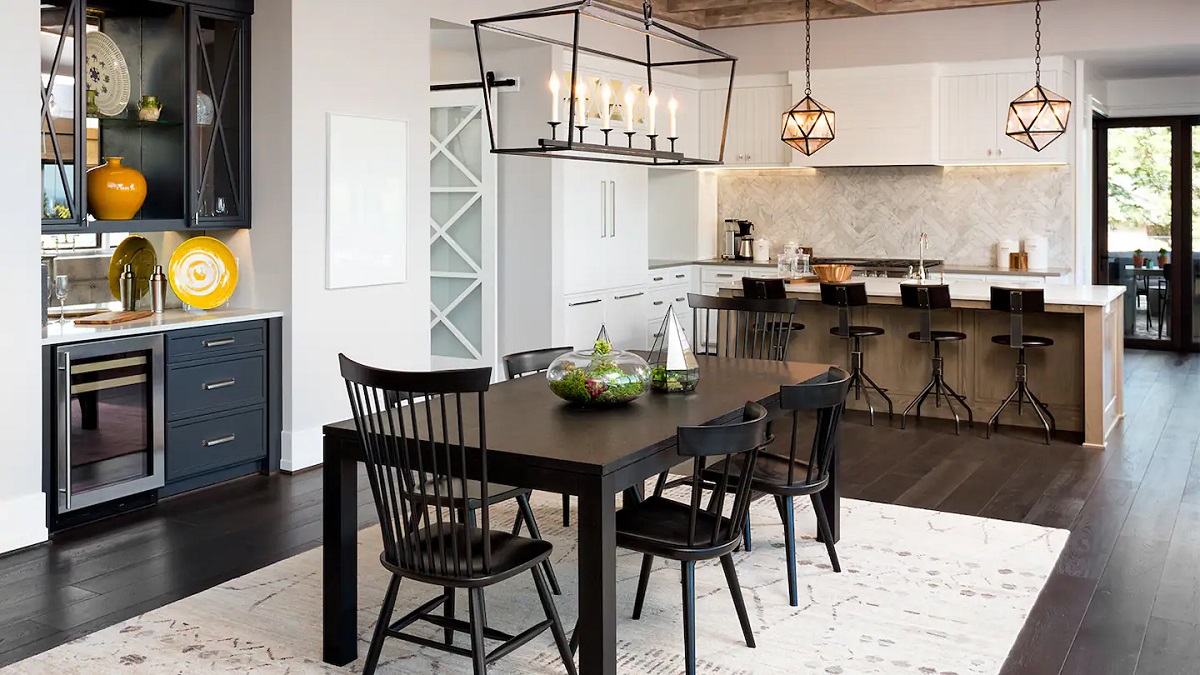
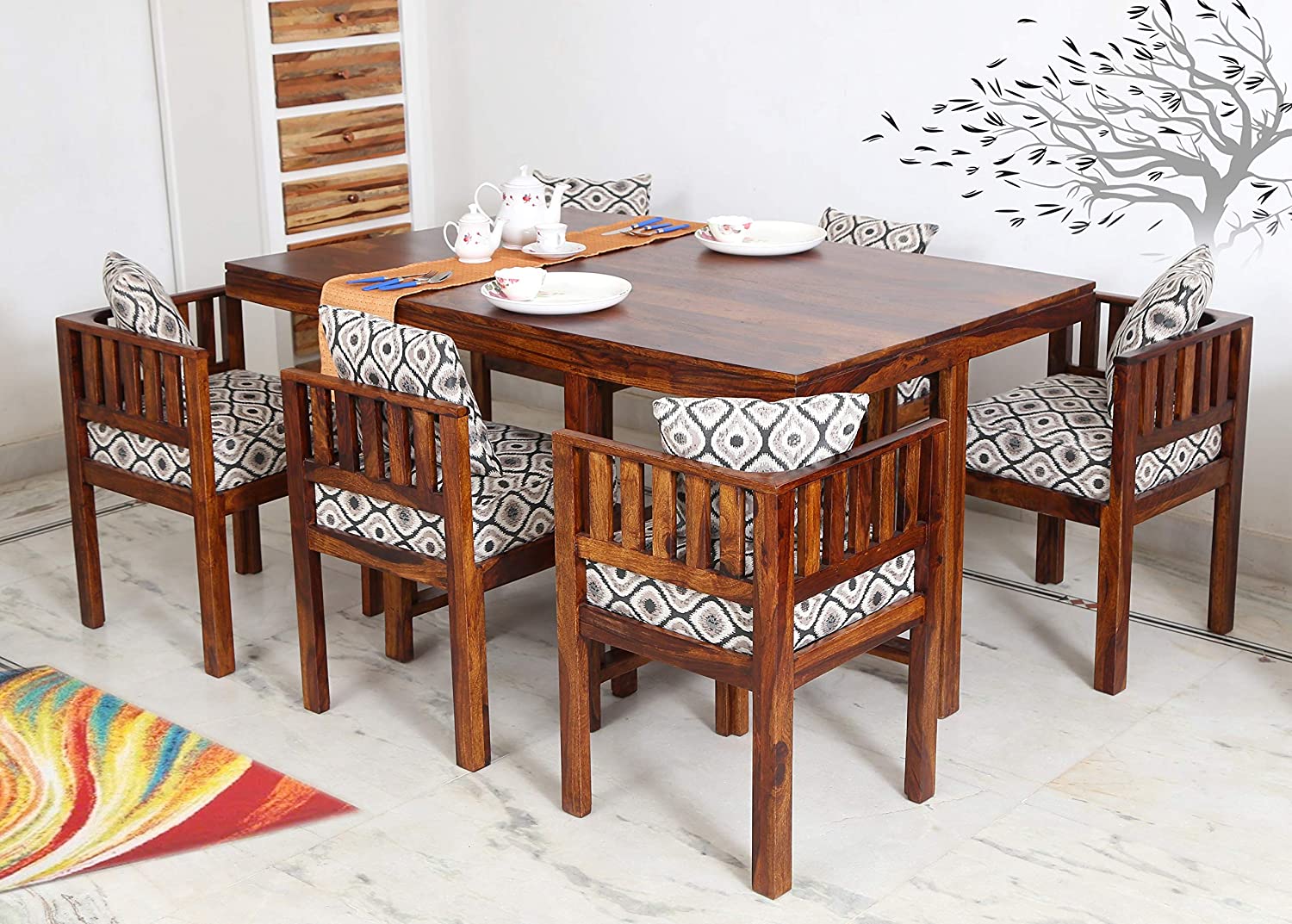

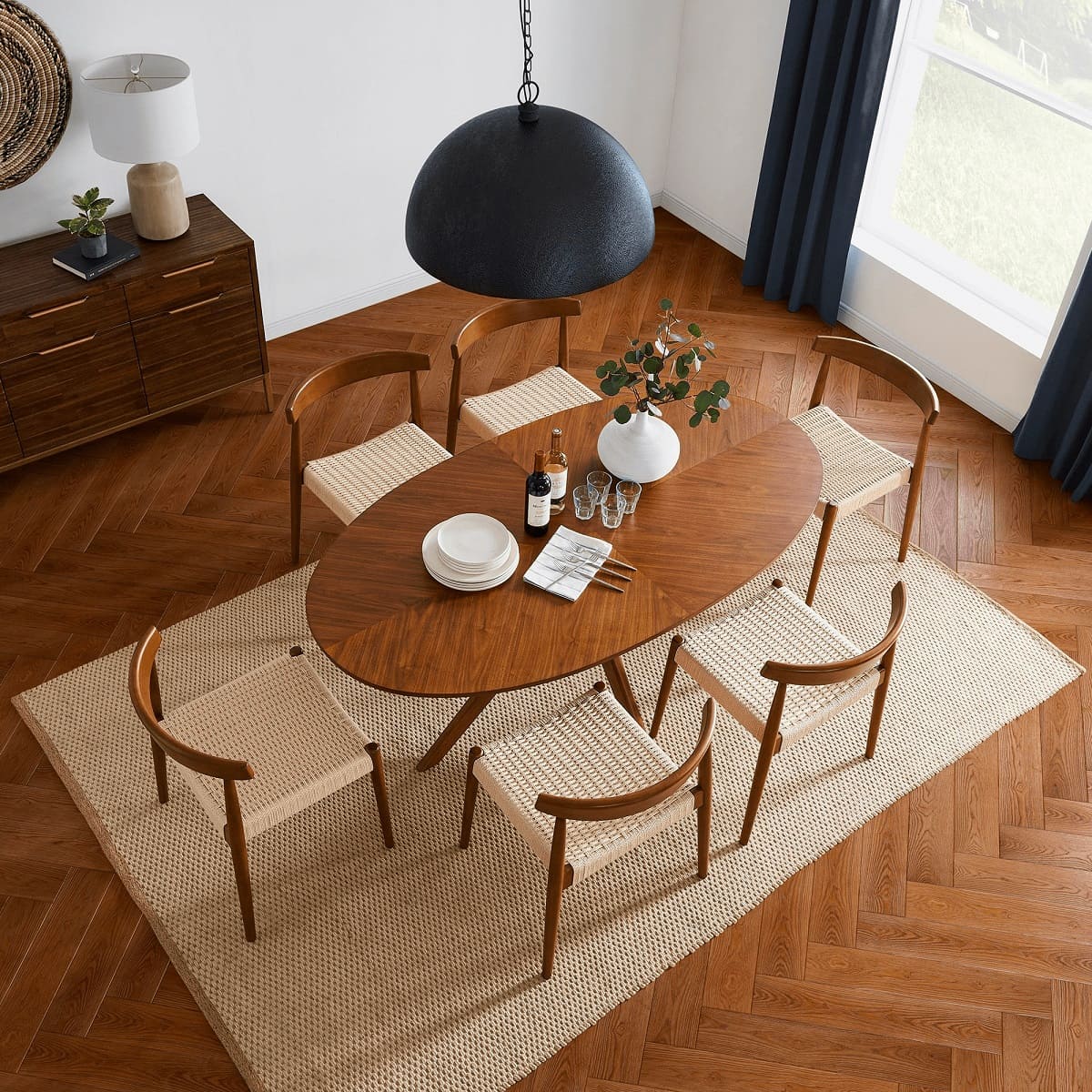
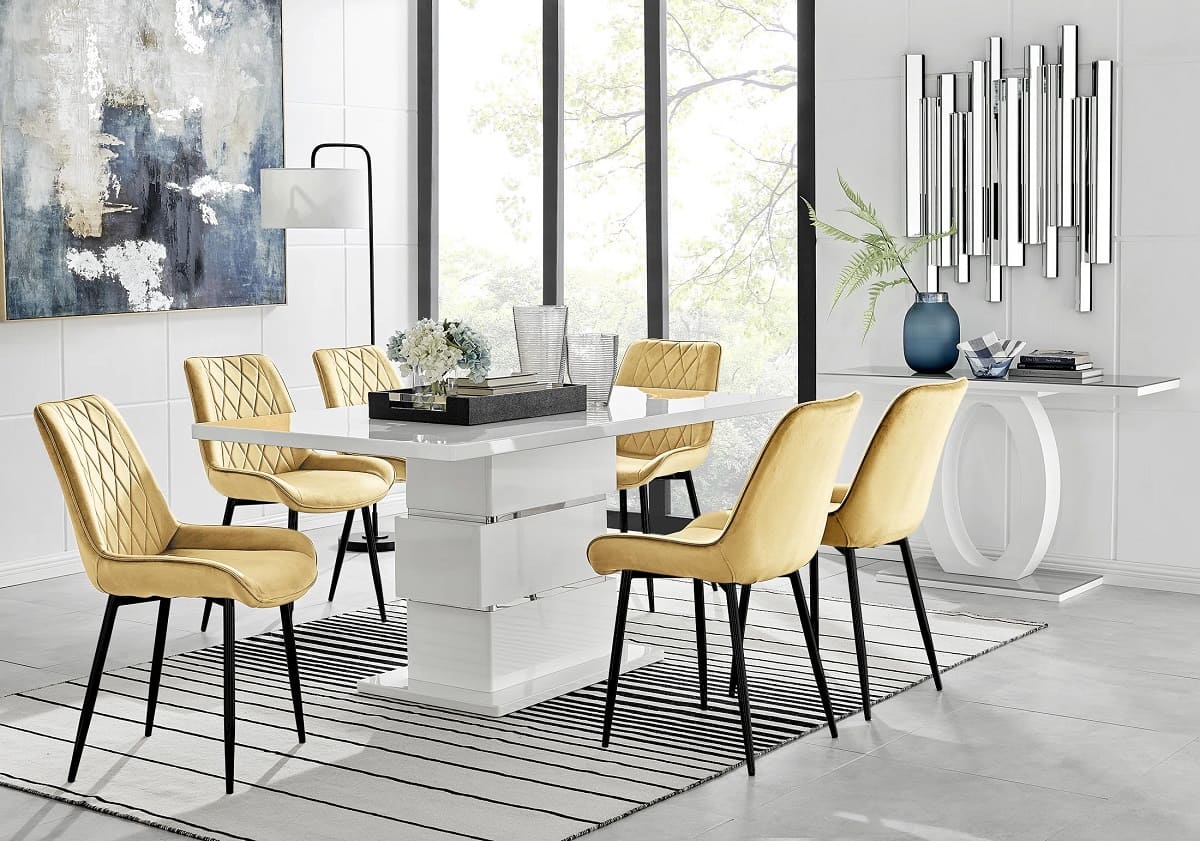
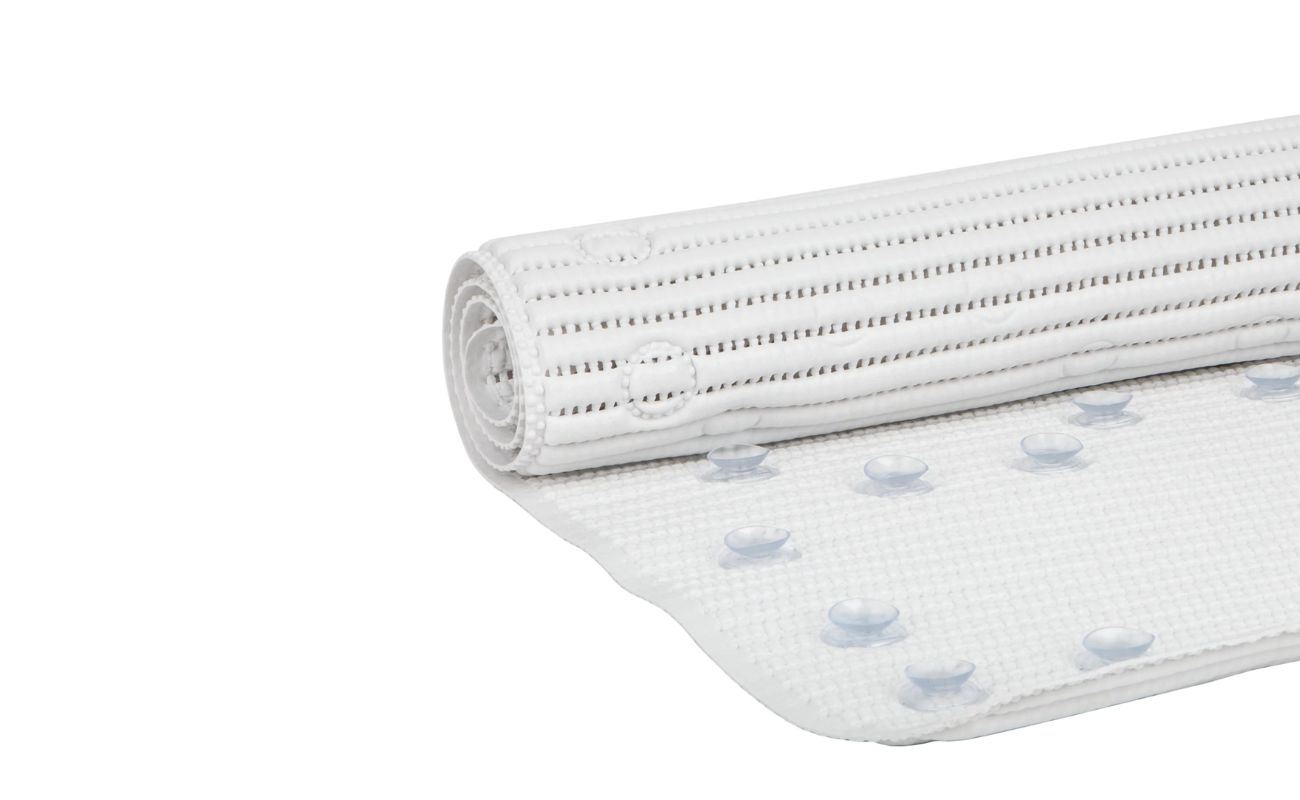
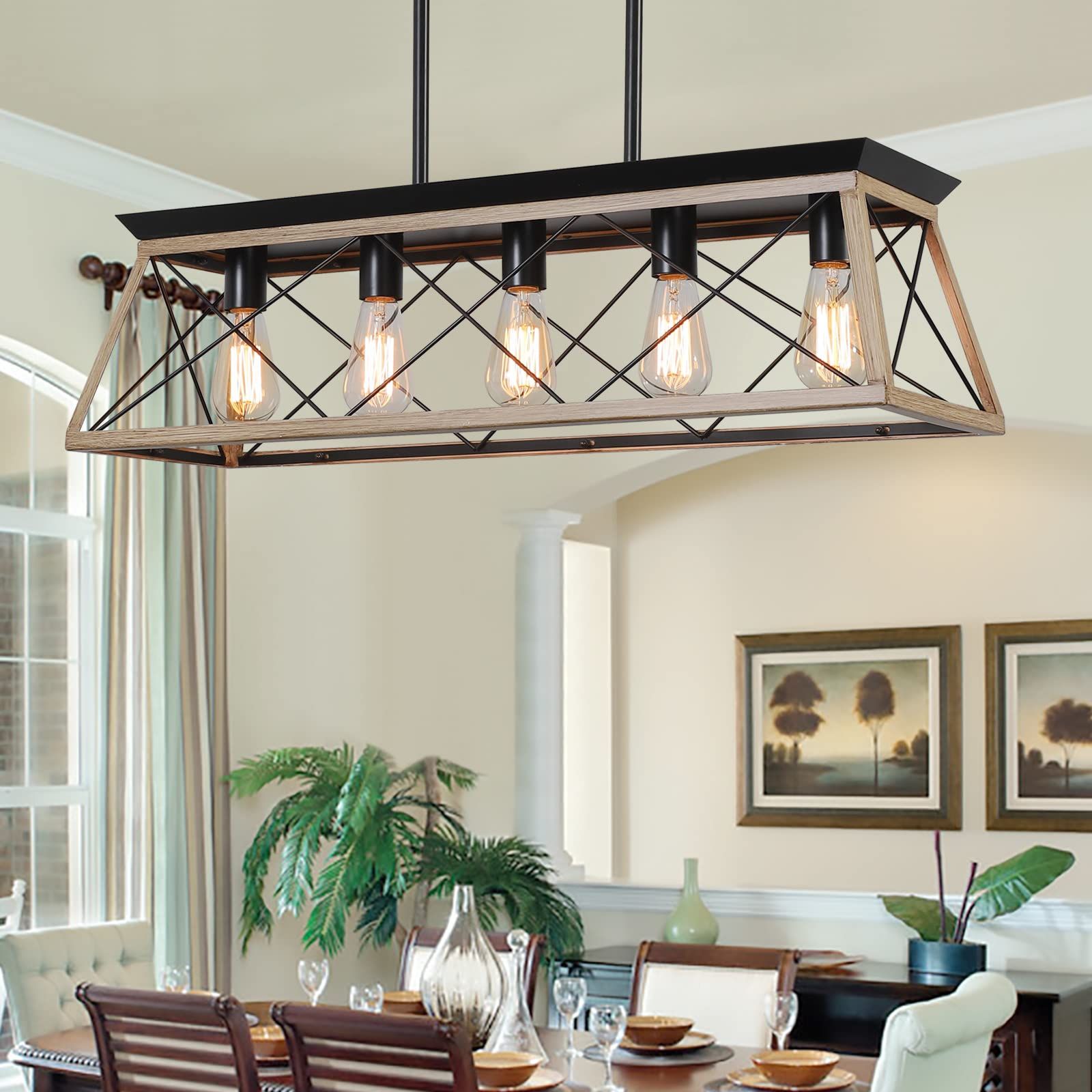
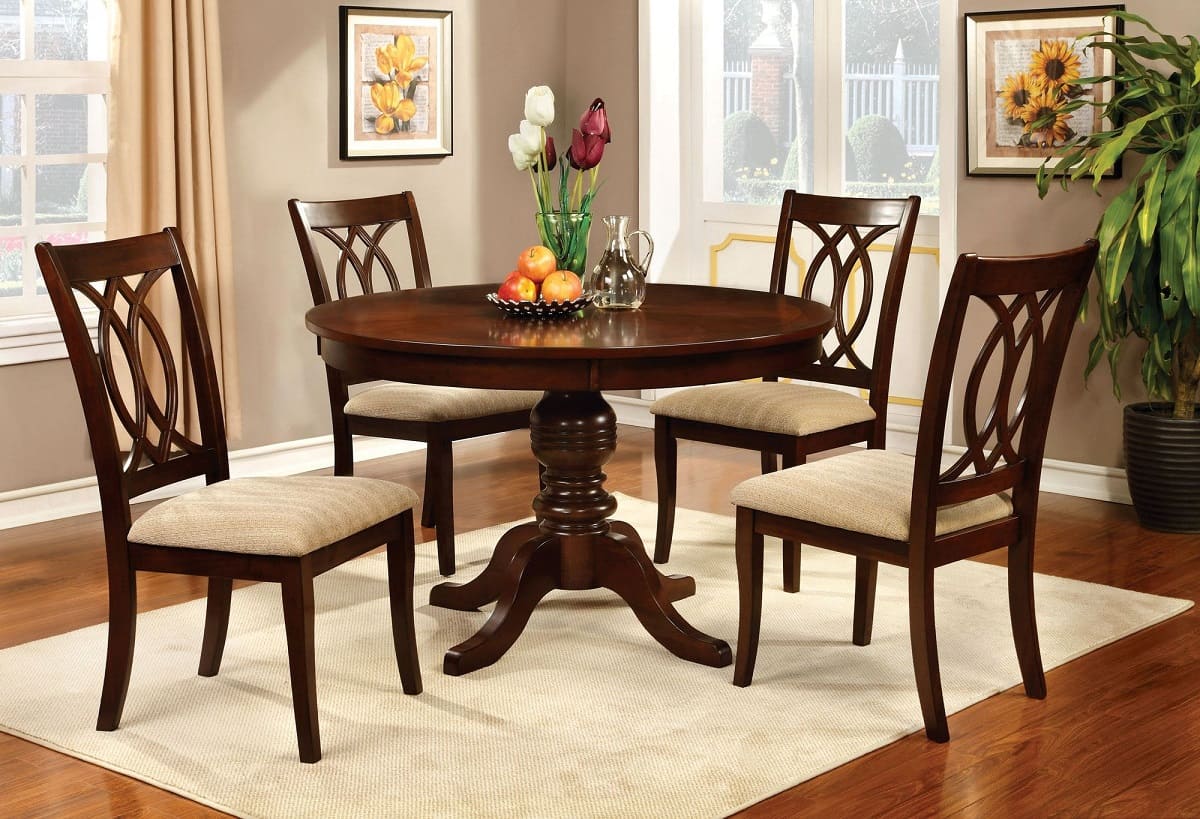

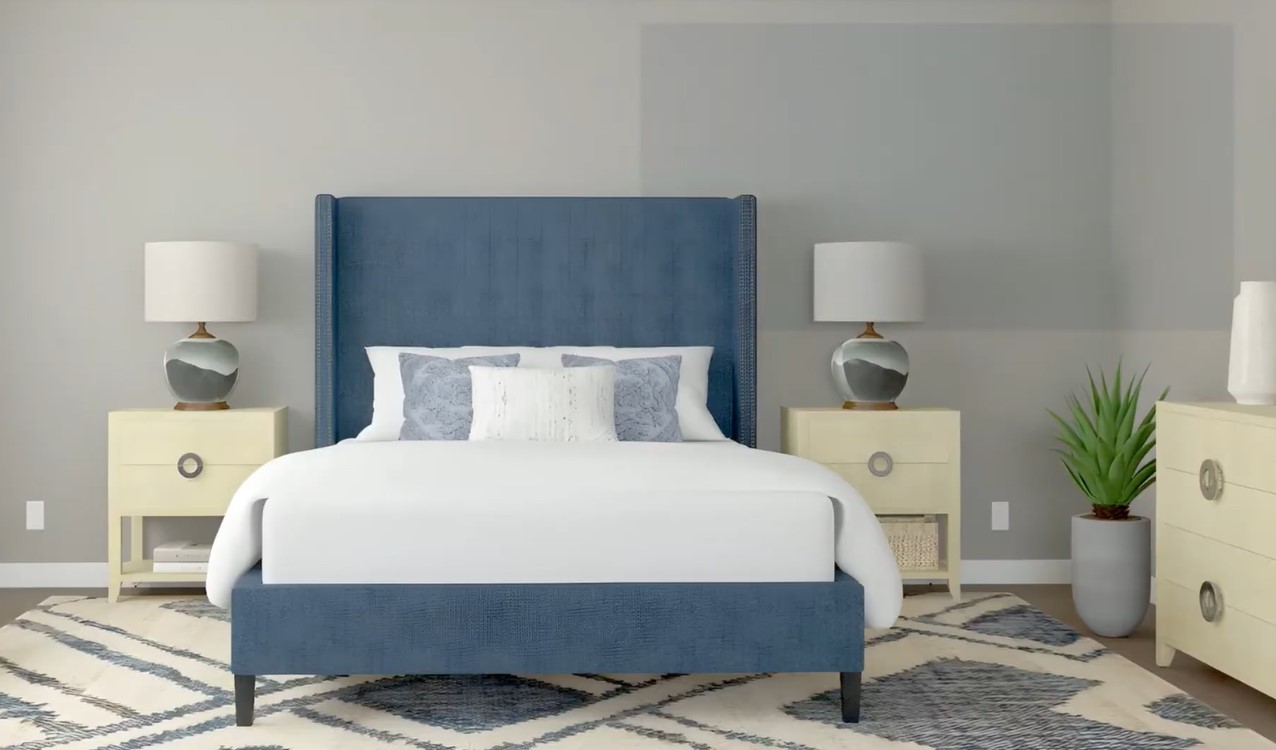
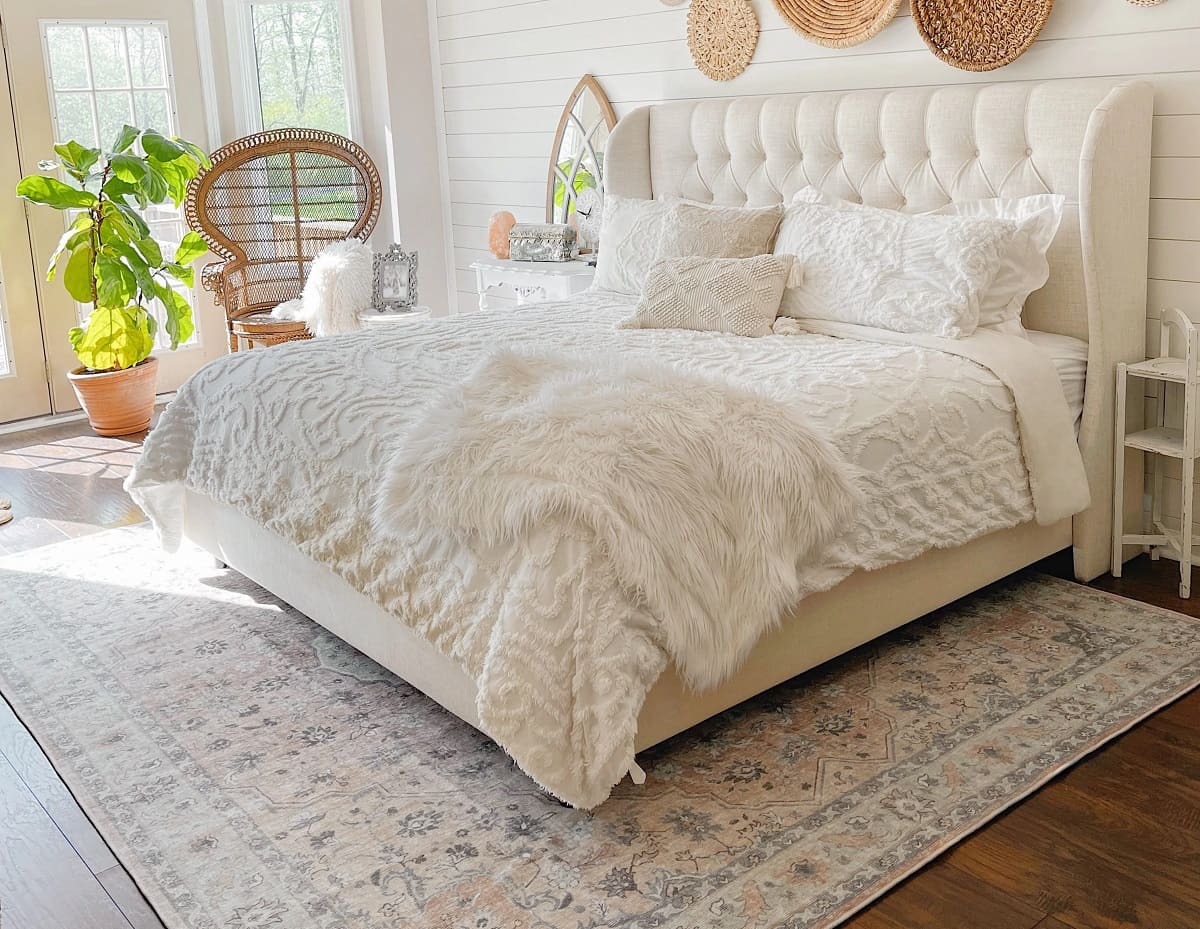

0 thoughts on “What Kind Of Rug Under Dining Table?”